Reference no: EM131259396
Kinematics and Kinetics - 2D Simulation with Interactive Physics
Introduction
This computer laboratory will introduce you to Interactive Physics, a two dimensional rigid body dynamics simulation program. Interactive PhysicsTM is an award-winning educational software from Design Simulation Technologies.
Interactive Physics is easy-to-use, makes it simple to observe, discover, and explore the physical world through computer simulation.
Overview of Interactive Physics
Interactive Physics helps students visualise and learn abstract concepts. It also lets users alter the physical properties of the simulation environment, and view changes in important measurements while the simulation runs.
Interactive Physics is a powerful tool for discovery learning. It develops inquiry skills and physics knowledge by allowing the user to vary nearly any physical parameter (e.g., gravity, force, speed, spring constants) and to measure its effect on nearly any measurable quantity (e.g., position, torque, decibel level).
Interactive Physics allows you to model, simulate, and explore a wide variety of physical phenomena, and create nearly any experiment imaginable. If you can use a mouse, you can use Interactive Physics.
- Create objects by drawing circles, blocks, and polygons
- Measure velocity, acceleration, force, energy, etc., in metric or English units
- Create ropes, springs, dampers, pulleys, slots, actuators, and motors
- Simulate contact, collisions, and friction
- Vary air resistance, gravity, or material properties
- View results as numbers, graphs, and animated vectors
- Hear and measure sound volumes, sound frequencies, and Doppler effects
- Create visually appealing presentations by attaching graphics to objects
Laboratory Exercise 1
A cable railway-lift system is being designed for a 350 m high tourist lookout. The innovative design of the system is composed by a 1000 kg cable railway, transporting passengers upwards on the 25° western slope of the lookout, and a 1500 kg lift, transporting passengers downwards on the almost vertical cliff (75°) at the eastern side of the lookout. The passenger payload is considered to be of 6 passengers per journey, with a nominal passenger weight of 80 kg.
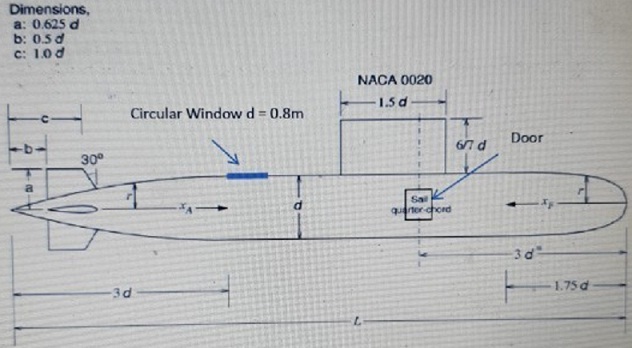
Figure 1. Schematics of the system. NOT TO SCALE, lift and cable car's dimensions are negligible compared to the track length.
The cable car and the lift are connected by a system of pulleys as shown in figure. The cable railway on the western front of the lookout is rolling on the slope, with a rolling resistance coefficient μ1 = 0.05, while the lift is sliding on the eastern front with a friction coefficient μ2 = 0.1. Braking to smooth the passenger journey and traction to perform the return trip with no passenger are provided by brakes and motor installed on the cable car.
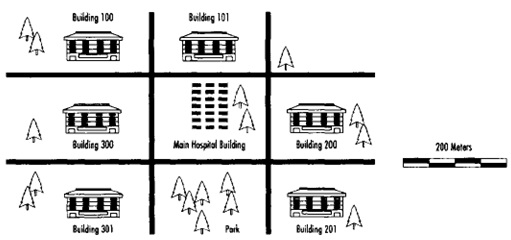
Figure 2. Schematics of the system's journey with passengers. NOT TO SCALE.
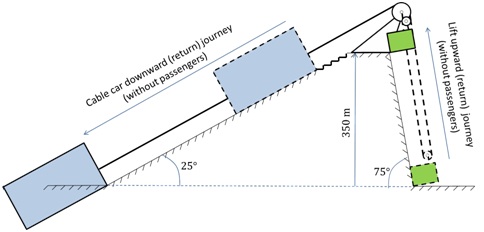
Figure 3. Schematics of the system's return journey (without passengers). NOT TO SCALE.
Case 1. Consider the case of motor and brakes completely switched off (null motor thrust/breaking force).
a) Starting from the position with the lift at the maximum elevation of 350 m from the ground, calculate the magnitudes of the velocities and accelerations of the lift and the cable car at the end of the journey and the remaining path length that the passengers still have to walk at the end of the cable-car ride to reach the top. Use theoretical methods.
b) Using Interactive Physics (IP), calculate the same quantities required in the previous point.
c) Tabulate your theoretical results from (a) and the simulated results from (b).
d) Compare your set of results, determine the error of the simulated results and discuss the possible reasons for any difference between theoretical and simulated results.
Case 2. Consider the same journey as in case 1 (lift going downward and cable car going upwards), but with the cable car starting to brake after 400 m from the bottom of the slope. Using theoretical methods, calculate the exact braking force to be provided by the cable car to reach the end of the journey with null velocity (consider a constant value of braking force after 400 m from the bottom of the slope). Use IP to verify your calculations
Case 3. Using both theoretical methods and IP, calculate the required energy that the motorised cable car needs to provide to perform the return journey without passenger payload.
Laboratory Exercise 2
The system in figure includes a 0.5 mass sliding with initial speed v0 on a horizontal plane with coefficient of friction μ = 0.1. At the end of the 2 metre plane a fall of 1.5 metres ends on a platform. The platform is in equilibrium on two springs, each with k = 100 N/m and a damper with c = 1 Ns/m and is constrained so that it can only move vertically (neither horizontal displacement nor rotation are allowed).
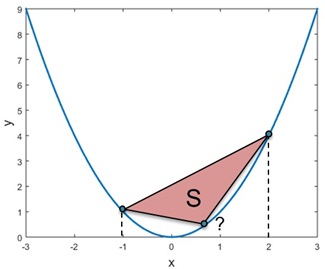
Figure 4. Schematics of the system, NOT TO SCALE.
Fall
a) Calculate the minimum and maximum values of initial velocity v0 which ensure that the mass will actually fall on the platform.
b) Using Interactive Physics (IP), calculate the same quantities required in the previous point.
c) Compare your set of results, determine the error of the simulated results and discuss the possible reasons for any difference between theoretical and simulated results.
Vibrations
a) Using theoretical methods, calculate the natural frequency and damping ratio of the system (with the combined mass-platform) and qualitatively sketch the function of the vertical vibrations in time.
b) Using Interactive Physics (IP), plot the function of the vertical vibration of the platform in time and identify the natural frequency of the oscillations with the mass fully in contact with the platform.
c) Compare your set of results (theoretical vs. computer simulation), both in terms of natural frequency (numerical quantitative comparison) and shape of vibration curve (damping condition). Discuss potential difference or agreement of the result.
Contact
a) Discuss if and why you expect a loss of contact after the first contact mass-platform. Support your discussion with results from Interactive Physics and with theoretical considerations.
b) What is the effect of the change in the value of c from 1 to 10 Ns/m? Qualitatively provide a justification for this effect and support your discussion with results from Interactive Physics and with theoretical considerations.
Laboratory Exercise 3
A dropped valve is a common and critical fault in diesel engines. This fault occurs when a valve head shears, falling into the cylinder. This leads to repeated impacts between the valve head and the surfaces of piston and cylinder, resulting in significant damage. This requires replacing the piston- cylinder-valve system, or, in the worst case, the complete engine. Your company wishes to conduct a study into this fault and the associated damage, as part of this they have tasked you with conducting a preliminary 2D simulation of a valve head falling into a vertical cylinder and impacting with the surfaces of the combustion chamber in operation.
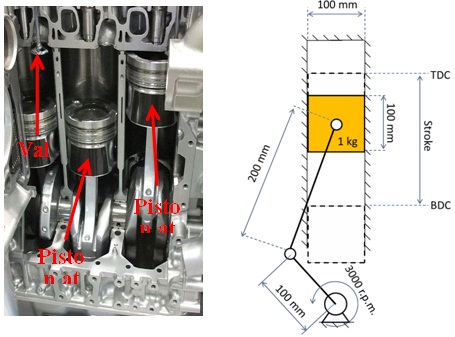
Figure 5. (a) example of a multi-cylinder engine, (b) schematics of the single cylinder to be investigated.
Consider the following characteristics:
|
Crank length
|
100 mm
|
|
Connecting rod length
|
200 mm
|
|
Cylinder bore
|
100 mm
|
|
Piston length
|
100 mm
|
|
Compression ratio
|
7
|
|
Crank rotational speed (constant)
|
3,000 r.p.m.
|
The compression ratio is defined as the ratio between the combustion chamber volume at the BDC vs TDC.
Case 1. Consider the crank-slider dynamics of the vertical mechanism composing the engine in normal operation (no broken valve head), with the piston starting at top dead centre (TDC).
a) Establish the Interactive Physics model for the simulation
b) Report the curves of piston position, velocity and acceleration in time
c) Tabulate the maximum and minimum value of position, velocity and acceleration for the piston
Case 2. Add the dropped valve head in the model of Case 1. Consider the valve head as a round object of mass 50 grams and diameter 16 mm, with null initial velocity and with initial position aligned with the cylinder axis and in contact with the upper surface of the combustion chamber.
Evaluate with Interactive Physics the value of energy loss in the following impacts
a) First impact piston-valve head given a coefficient of restitution of 0.9
b) First impact valve head-cylinder head given a coefficient of restitution of 0.9
c) Vary the coefficient of restitution for both impacts to the values: 0.5, 0.2, 0.05, 0. Calculate and tabulate the loss of energy in the two impacts (piston-valve head and valve head-cylinder) for the different cases.
d) Theoretically justify and discuss the effect of the coefficient of restitution on the energy loss in the two impacts (qualitative discussion of IP numerical results).
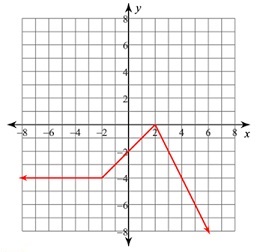
Figure 6. Initial position for the valve head drop simulation.